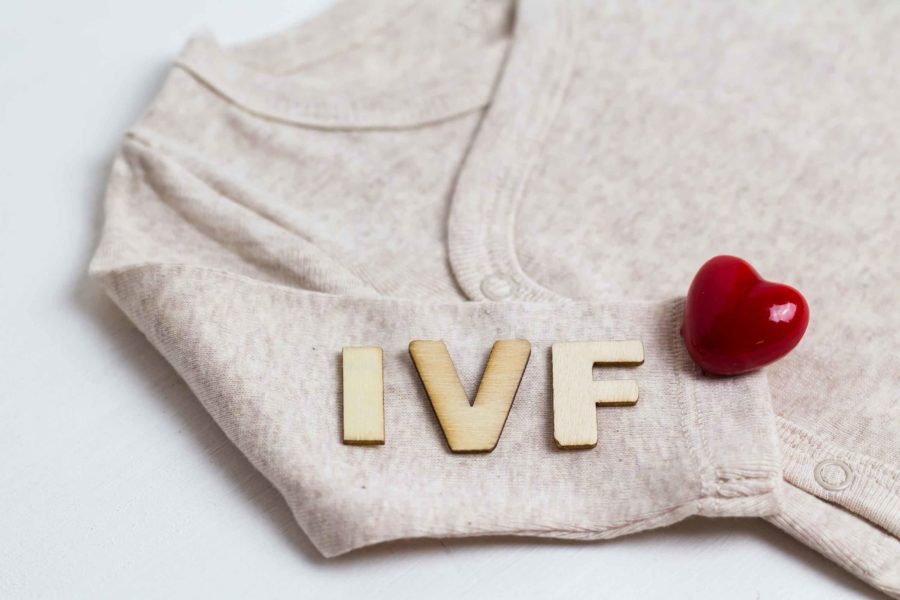You’ve made the choice to go through in vitro fertilization (IVF) … but what do you do now?
When considering a provider or clinic for IVF, it’s best to do a little homework. “Choose a practice that is patient-centered … with excellent clinical success rates,” recommended Dr. Kim Thornton, a reproductive endocrinologist at Boston IVF. “Select a practice where the majority of practicing reproductive endocrinologists are members of the Society of Reproductive Endocrinology and Infertility, which indicates that they have been certified by the American Board of Obstetrics and Gynecology in both OB/GYN and Reproductive Endocrinology and Infertility.”
CDC’s 2016 Assisted Reproduction Technology provides a helpful review of IVF clinics and includes such information as causes of infertility, outcomes per cycle, and use of fresh or donor embryos or eggs. The data are divided into six age groups ranking from younger than 35 to older than 44.The reports suggest that success rates in live-birth deliveries following embryo transfers decrease with age.
Massachusetts is ahead of the curve when it comes to IVF. Although the Commonwealth has only eight approved centers, at 6,833 it touted the highest number of ART procedures per 1 million women of reproductive age in 2015. Its ART rates exceeded twice the national rate. Roughly 80 percent of the ART pregnancies resulted in live-birth deliveries, according to a recent CDC Report.
IVF is expensive, and in most states is not covered by insurance. Massachusetts is one of 15 states that mandates coverage. However, some procedures, such as surrogacy and reversal of voluntary sterilization are not covered under the mandate. The average IVF cost in Massachusetts ranges from $11,500 to $13,500, according to IVF Authority.
Even with all the improvements in treatment for infertility over the years, success is not guaranteed. The Society for Assisted Reproductive Technology has developed a predictor “to help you understand your chances of having a live birth, based on your personal situation.”
There is no limit to the number of IVF cycles, Thornton explained, but after four to six failed treatments, it is advisable to consider alternatives, such as donor eggs and adoption.
Donors Are An Option
Women who cannot produce a sufficient amount of healthy eggs may need to use a donor egg. That’s exactly what Melanie, 42, did. After several miscarriages she underwent a cycle of IVF, but produced few eggs. She and her partner chose a donor, and on July 30, 2017 their daughter Poppy was born. Melanie said she made a good decision. “The donor provided one cell,” she explained. “I did the rest.”
Adoption As An Alternative
Jane Li’s story is very similar to Melanie’s, but she took a different path. After giving birth to her son Tanner, she had difficulty carrying another baby to term and suffered a few miscarriages. After two and a half unsuccessful cycles of IVF, she decided on adoption.
Li, 44, was born in Taiwan and decided on an orphanage in that country. “I wanted to have an Asian child,” she explained. She and her husband George decided on a girl between the ages of four and six. They did not realize what it takes to get that little girl. Medical assessment of the child; detailed evaluation of Jane and her husband by a social worker; appearance before a judge in Taiwan; application to the local Taiwan embassy and U.S. Immigration are just some of the steps.
Li started two years ago and if all goes well, she will be united with her daughter this spring.



 3 min read
3 min read






